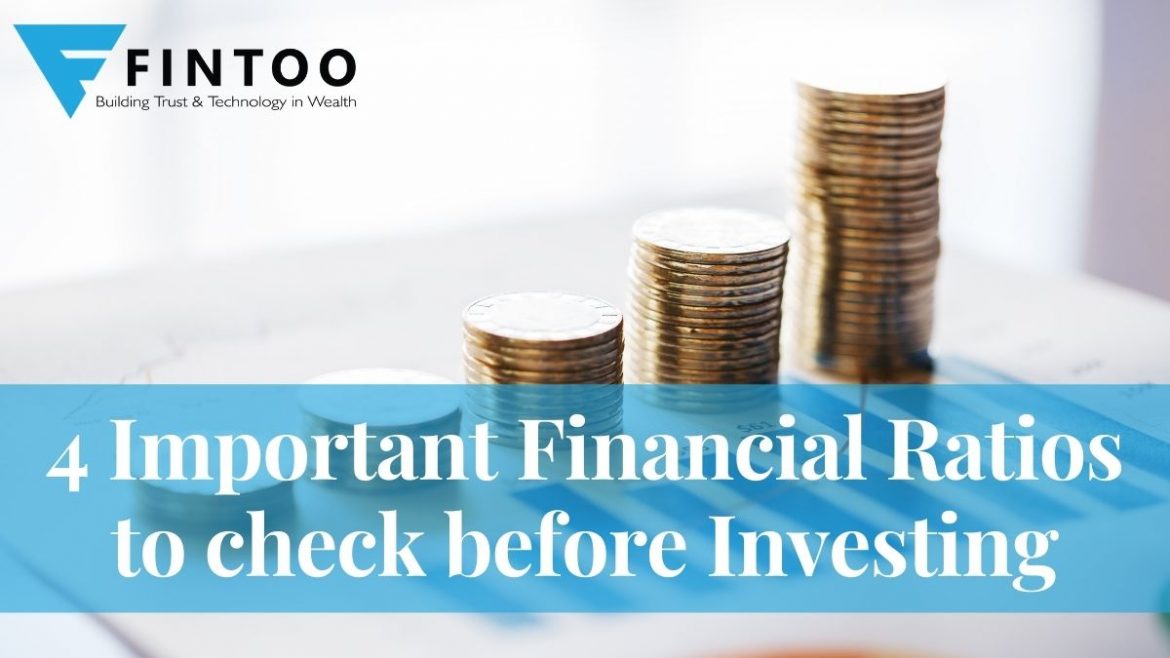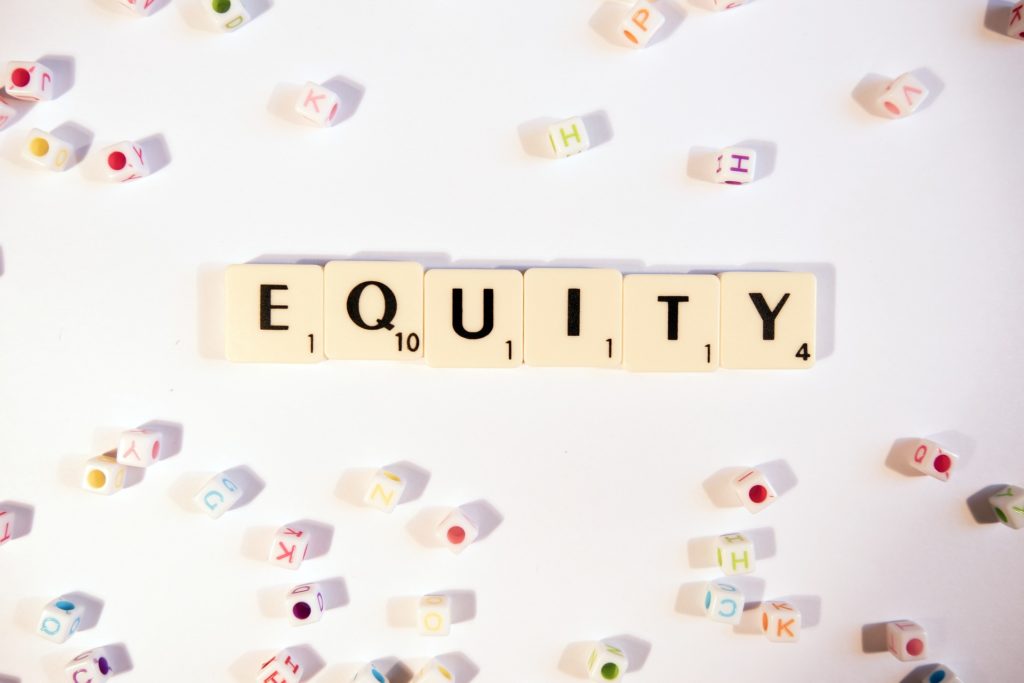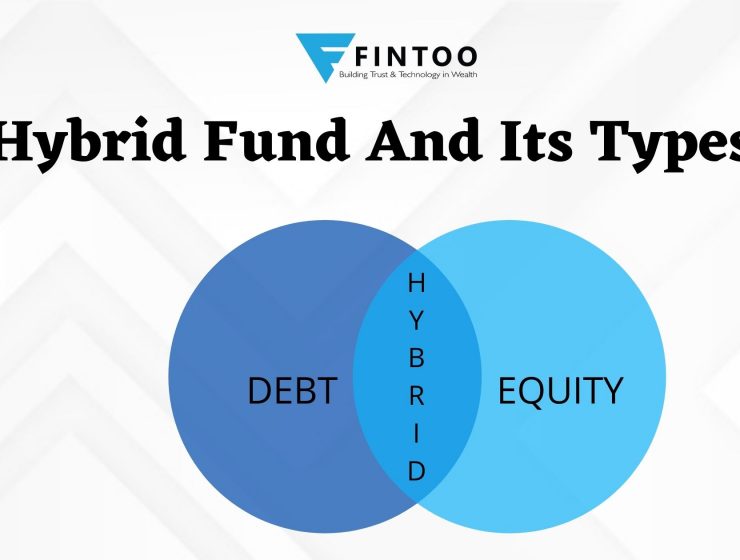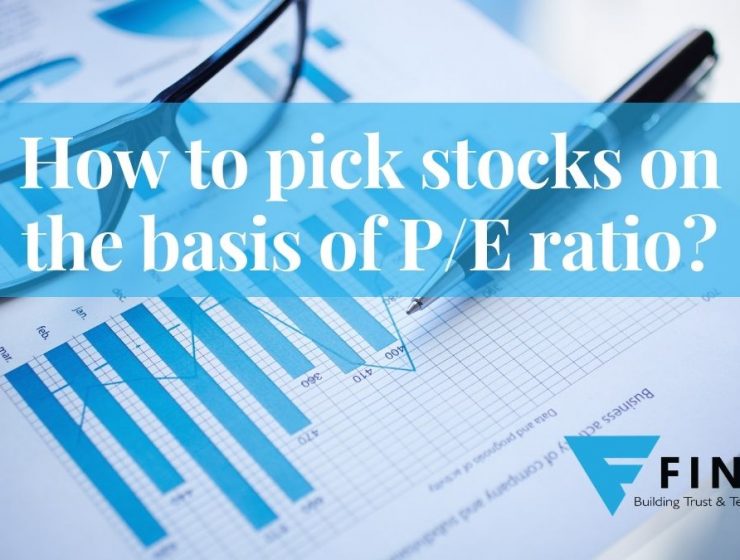

Managing your personal finance and taking a right investment decision is very crucial to create long term wealth. Stock investing is important in order to grow your wealth to meet your goals. You can invest in stocks directly or through mutual funds.
If you are not a risk averse investor, you may look at investing in the stock market directly. However, it requires careful analysis of financial data to find out the company’s true worth. Usually, this is done by examining the company’s profit and loss account, balance sheet and cash flow statement. You might find this process to be time-consuming and difficult.

So what’s the simple way of analysing the stocks?
Well, an easier way to shortlist the stocks is to look at its financial ratios. The good part is that most of these are freely available on the internet. Having said that, there are many other factors which can be seen to make a decision on picking up stocks. But checking financial ratios will get your work done to greater extent.
Ratio analysis is a good way to run a fast check on a company’s health. It not only helps in knowing how the company has been performing but also makes it easy for investors to compare companies in the same industry and zero down on the best investment option.
Let us now understand some of the important ratios you should look at before investing in a stock.
P/E Ratio
The price-to-earnings ratio, or P/E, is one of the most famous financial ratios to pick stocks. It’s a quickest and easiest method to find out how cheap or expensive the stock is compared to its peers.
It is a measure of a company’s current stock price relative to its earnings. It gives you a fair idea as what the market is willing to pay for a given company’s earnings. The simple formula is
P/E ratio = Market Price of the share / Earning per share
P/E represents the amount of money the market is willing to pay for every 1 rupee in earnings a company generates. You have to consider whether that amount is too high, a bargain, or somewhere in between.
Usually a high P/E ratio means that investors are bullish on the stock and expect company growth in future. On the other hand, a low P/E ratio is interpreted as bearish view of investors on company’s growth in future.
Related Article: How to pick stocks on the basis of PE ratio?
P/B ratio
The price-to-book ratio is a simple comparison of a company’s market value to its book value. It compares the company’s stock price to its book value per share.
P/B ratio = Current Market price / Book value per share
If a company has a low P/B ratio, then it is said to be undervalued and a high P/B ratio means it is overvalued. It is a good way to identify companies whose stock prices have risen without any particular asset base.

PEG ratio
The P/E ratio isn’t enough in itself and many investors use the price to earnings growth (PEG) ratio to shortlist stock to invest. Instead of merely looking at the price and earnings, the PEG ratio incorporates the growth rate of the company’s earnings. This ratio also tells you how your stock stands up against another stock.
PEG ratio = P/E ratio / Growth rate of Company’s earnings
The PEG ratio is calculated by taking the P/E ratio of a company and dividing it by the year-over-year growth rate of its earnings. The lower the value of your PEG ratio, the better the deal you’re getting for the stock’s future estimated earnings.
PEG ratio as an attempt to solve a shortcoming of the P/E ratio by factoring in the projected growth rate of future earnings. A result of 1 or lower says the stock’s either at par or undervalued based on its growth rate. If the ratio results in a number above 1, it says the stock is overvalued relative to its growth rate.

Debt to Equity Ratio
The debt-to-equity ratio is the key financial ratios and is used as a standard for ascertaining a company’s financial standing. It is a measure of a company’s ability to repay its obligations.
It indicates the relative proportion of company’s equity and debt used to finance company’s assets. This ratio is also known as financial leverage.
Debt-to-equity ratio = Liabilities / Equity
When examining the health of a company, it is critical to pay attention to the debt/equity ratio. If the ratio is increasing, the company is being financed by creditors rather than from its own financial sources.
Optimal debt-to-equity ratio is considered to be about 1, i.e. liabilities = equity, but the ratio is very industry specific. For most companies the maximum acceptable debt-to-equity ratio is 1.5-2 and less.
These are some basic market level ratios that can help you take a decision. The market uptrend will be broadly determined by the fundamentals of the market. All the above are just indicators and need to be treated as such. It is further suggested to consult your financial advisor before taking a decision based on these indicators.
Disclaimer: The views shared in blogs are based on personal opinion and does not endorse the company’s views. Investment is a subject matter of solicitation and one should consult a Financial Adviser before making any investment using the app. Making an investment using the app is the sole decision of the investor and the company or any of its communication cannot be held responsible for it.
A financial planning platform where you can plan all your goals, cash flows, expenses management, etc., which provides you advisory on the go. Unbiased and with uttermost data security, create your Financial Planning without any cost on: http://bit.ly/Robo-Fintoo
To Invest and keep regular track of your portfolio download: Fintoo App Android http://bit.ly/2TPeIgX / Fintoo App iOS http://apple.co/2Nt75LP
Related Posts
Stay up-to-date with the latest information.


